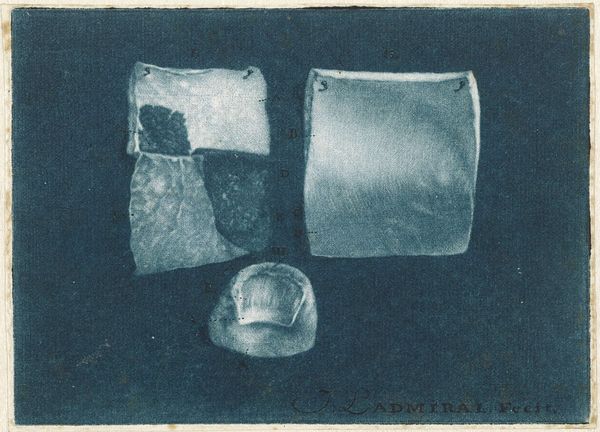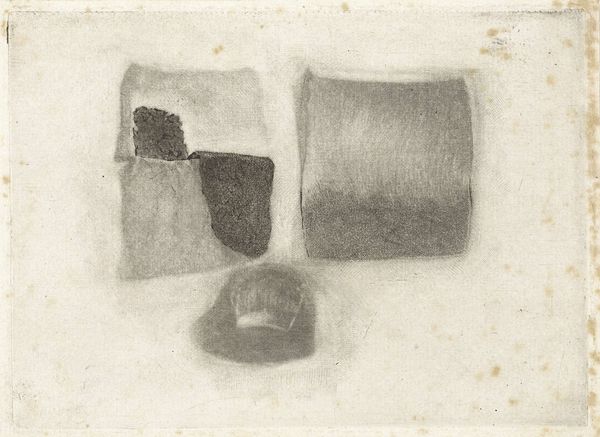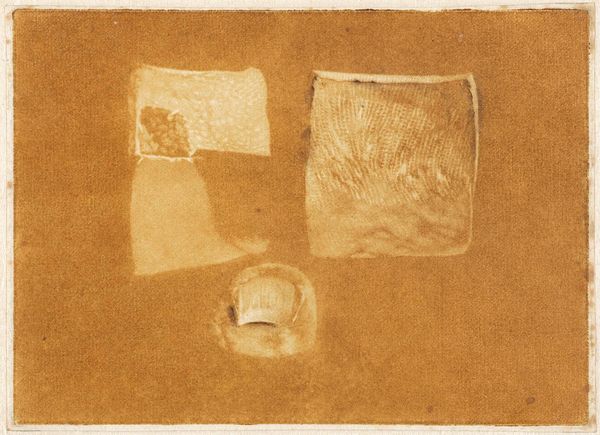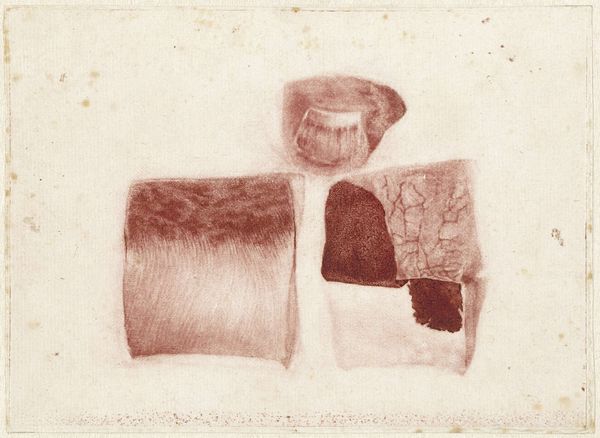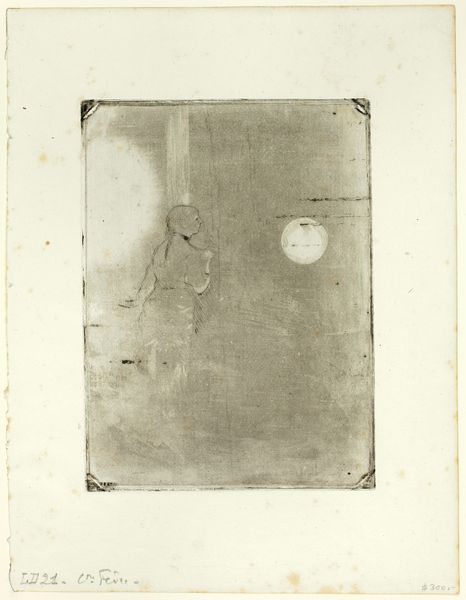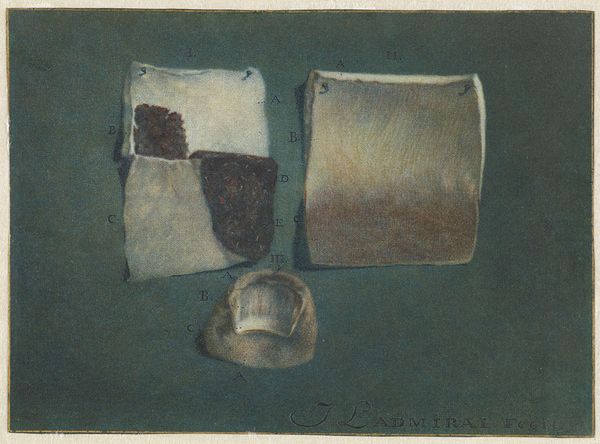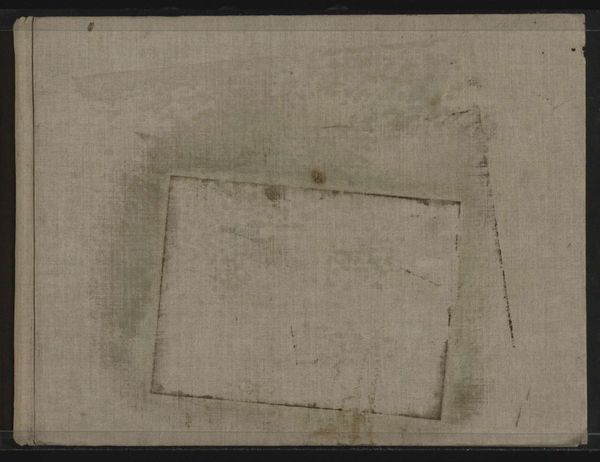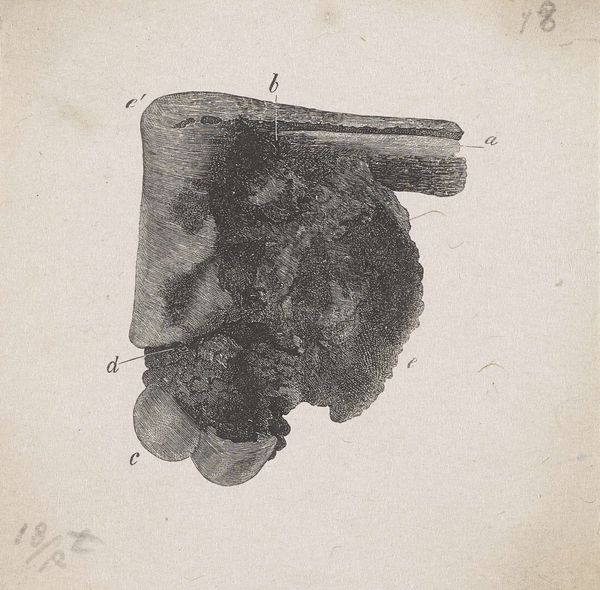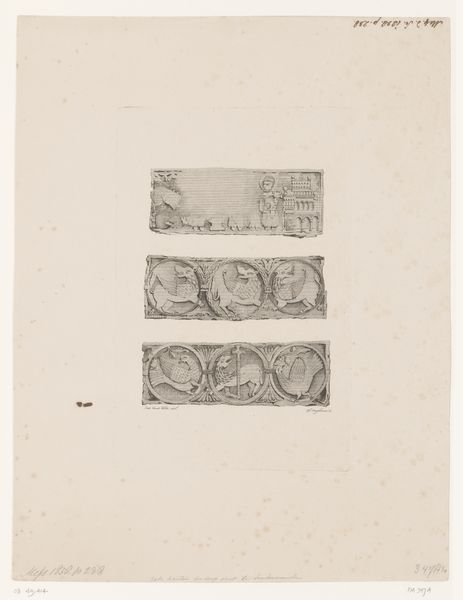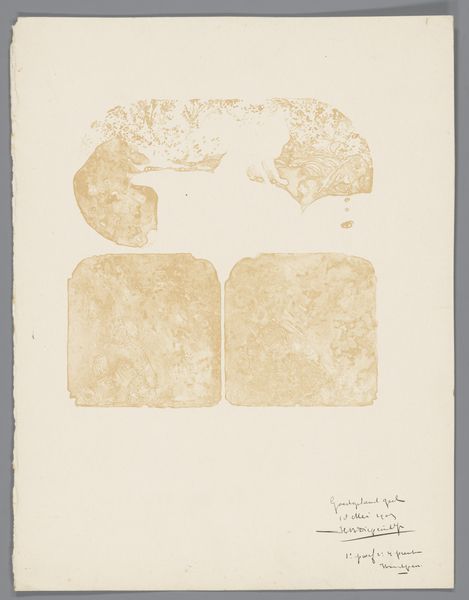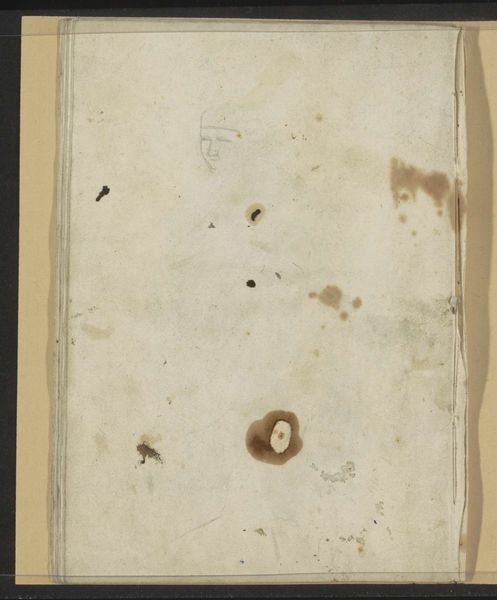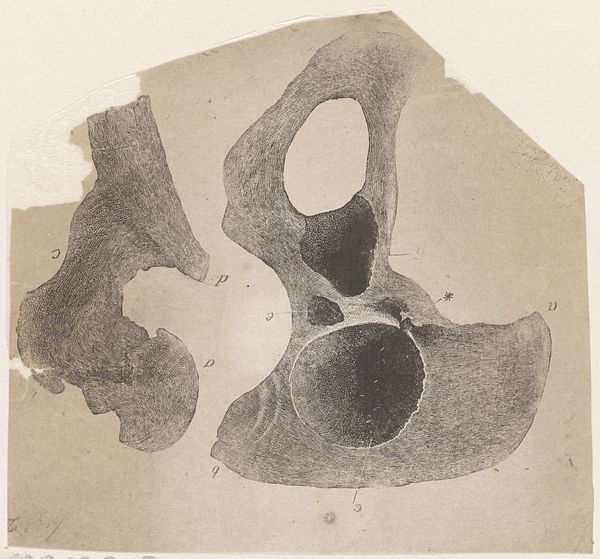
print, engraving
#
portrait
#
baroque
# print
#
academic-art
#
engraving
Dimensions: height 117 mm, width 164 mm
Copyright: Rijks Museum: Open Domain
Editor: Here we have Jan l'Admiral's "Anatomische studie van menselijke huid en nagel," from 1737, a print, seemingly an engraving. It has a clinical feel. I am curious about the way the artist isolates these fragments, making them appear abstract and almost sculptural. What strikes you most when you look at this? Curator: It whispers secrets of the scientific revolution, doesn't it? Imagine l'Admiral, poring over specimens, driven by a relentless curiosity! But what gets my imaginative pulse going is thinking about how such detailed, almost reverent depiction of the mundane – skin and nails! – reflects a baroque sensibility that revels in minutiae. Academic art with a pulse. Don’t you think? How do you feel about that connection? Editor: Absolutely! The clinical aspect creates tension, as if art were suddenly dissecting nature instead of simply observing it. It makes me consider science's evolving relationship with art during this period. Curator: Yes! Before photography, engravings like these were vital. They're artifacts of inquiry; I see them as crucial threads in the tapestry of knowledge, like little time capsules. It's a peek into a world where art and science embraced with a shared wonder. It gives me a frisson. It shows us how much can be found even in the commonness of anatomy. Editor: This has really made me appreciate the role of art as a scientific tool, and also the beauty of mundane. It definitely changes the way I look at engravings. Curator: Me too! It also feels nice when academic work can find meaning in the grander scale of art itself.
Comments
No comments
Be the first to comment and join the conversation on the ultimate creative platform.
